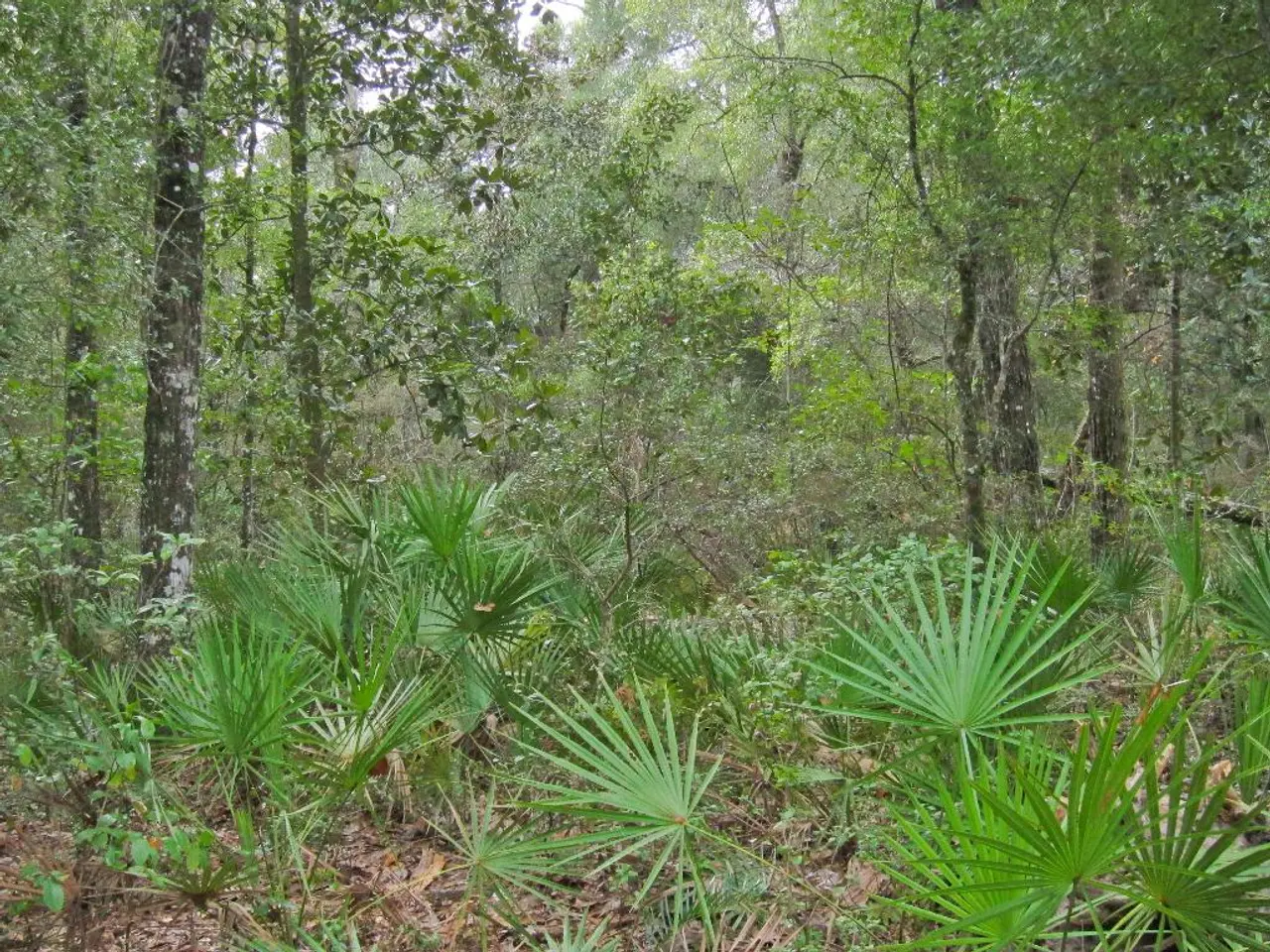Outdoor Scientific Experiments Suitable for Young Enthusiasts, Inspiring Awe and Discovery in Nature
Transforming Backyards into Science Labs: Hands-On Nature-Based Experiments for Young Scientists
In the spirit of inspiring young minds and fostering a love for science, backyards can be transformed into exciting scientific laboratories. These hands-on nature-based experiments teach the scientific method and fundamental concepts, making abstract science ideas tangible.
One such activity is documenting changes in leaf color, flower blooming, bird activity, and weather patterns. By creating a phenology wheel - a circular calendar showing natural events like first frost, fall colors, or spring buds - children can observe and record seasonal changes. Marking specific trees, plants, or areas to observe weekly throughout the year adds a sense of continuity to their observations.
To delve deeper into the world of geology, the backyard can be turned into a geology lab for exploring rocks and minerals. Collecting rocks from different locations using clean jars and conducting simple tests such as scratch testing to determine hardness, magnet testing to detect iron content, and vinegar testing to identify limestone, are all engaging ways to learn about the earth's composition.
Observing aquatic microorganisms using a magnifying glass or microscope can provide insights into the hidden world beneath the surface. Identifying various microorganisms like protozoans, algae, and water fleas can be both educational and fascinating.
To record these observations, creating a sturdy nature journal is essential. Using a Lined Spiral Notebook, 140 Pages, A5 - Green, children can document the date, time, weather, location, habitat type, and specific observations. Each specimen can be labeled with its location and observed properties in a rock identification journal.
In addition, tracking moonrise times using a phone app or website, recording moon phases every clear night for a month, and creating a moon observation station using a dedicated notebook can help children understand the lunar cycle.
These activities typically require simple household items or natural materials, can be conducted at home or outdoors, and emphasize the core steps of scientific inquiry: asking questions, making predictions, conducting experiments, observing results, and drawing conclusions.
For guided experiments with detailed instructions, resources such as the kinetic car and acid rain experiments for energy and environmental science, plant and seed experiments including germination, growth factors, and biodiversity, and earth science ideas suitable even for preschoolers can be explored.
Together, these resources provide a diverse range of accessible, nature-based experiments fostering young scientists’ understanding of the scientific method and core scientific concepts through hands-on exploration and observation. Engaging in nature-based experiments not only fosters a love for science but also builds analytical and documentation skills, turning ordinary outdoor activities into exciting scientific discoveries.
Children can extend their learning by observing and documenting aquatic microorganisms in home-and-garden ponds or nearby water bodies, using environmental-science techniques. To complement this, they can create a section in their nature journals (education-and-self-development) dedicated to recording their findings and water-life identification.
In the realm of self-development, reflecting on the lunar cycle and tracking moonrise times becomes a lifestyle habit that promotes mindfulness and a deeper understanding of nature's rhythms in surroundings as diverse as home-and-garden landscapes and backyards-turned-science-labs.





